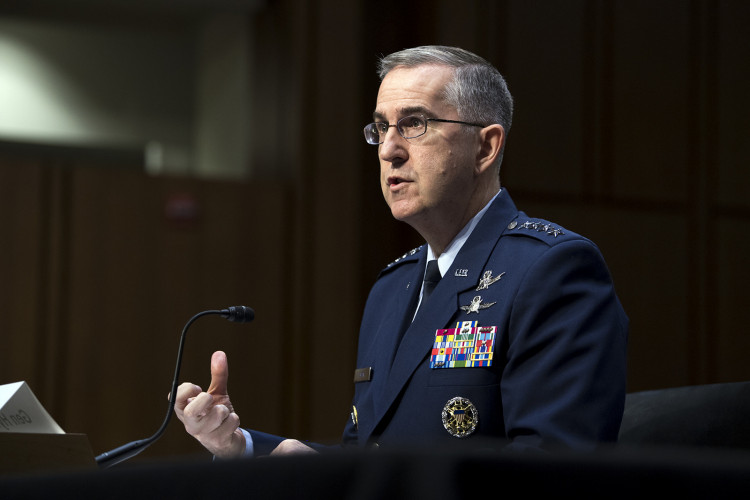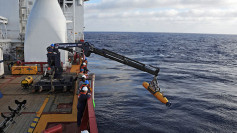U.S. Strategic Command commander General John Hyten said the United States needs highly sensitive sensors that can detect ballistic, cruise, and hypersonic missiles to address possible threats coming from Russia and China.
The general was speaking at the Space, and Missile Defense Symposium held on Aug. 7. Hyten stressed that such highly sensitive sensors could not be constructed terrestrially.
"There are not enough islands in the worlds to build radars on to see all the threats and be able to characterize the threats," he said in his speech.
"You just can't get there from here, so the only place to go and do that is a place where the U.S. is actually strongest and technology is there to do it and that is into space. We have to go into space," Hyten declared as quoted by Defense News.
Unlike the conventional ballistic weapons, hypersonic missiles are unpredictable because of their high speeds.
Days before his speech, China has announced it successful flight test of a hypersonic aircraft called the Starry Sky 2. The Business Times previously reported the Starry Sky 2 achieved a hypersonic speed of Mach 6 or 4,563 miles per hour during the test. This means that the aircraft has traveled six times the speed of sound while hypersonic vehicles, in general, are designed to move at five times the speed of sound. This is equivalent in traveling across the United States in 30 minutes.
Just recently, Russia has also announced plans of having MiG-31K fighter jets with Kinzhal hypersonic missiles. The country is also expected to deploy its Avangard hypersonic boost-glide vehicle on the Russian Sarmat intercontinental ballistic missile within few years.
Before Hyten's speech during the symposium, Congress has already started pushing his planned space-based missile defense sensor for the fiscal year 2019 National Defense Authorization Act as well as in few others appropriations bills.
In 2017, the United States had spent on increasing its ground-based interceptor numbers to its Ground-based Midcourse Defense System in Alaska and California. The system was designed to defend the country in any event that North Korea and Iran attack with their ballistic missiles.
Meanwhile, Lt. Gen. James H. Dickinson, U.S. Army Space and Missile Defense Command/Army Forces Strategic Command's leader, highlighted the importance of a dependable workforce in his speech given during the symposium.
He said the command's strength lies in its agile, adaptive, and dependable space and missile defense workforce comprised of approximately 3,000 soldiers who patrol 24/7/365 around the world.






